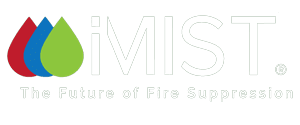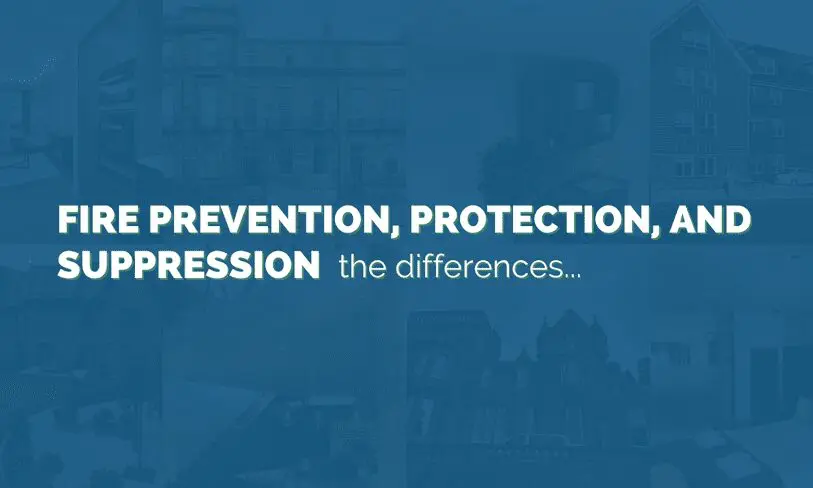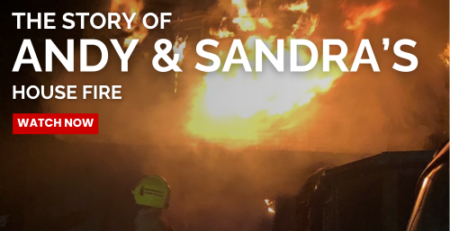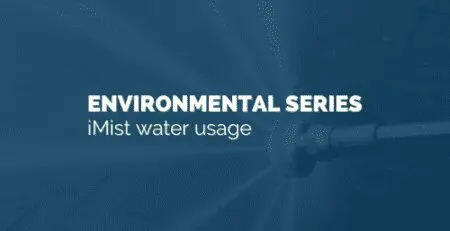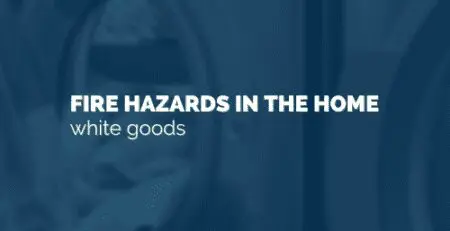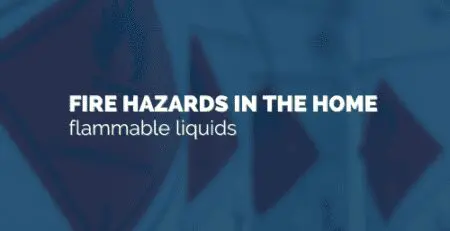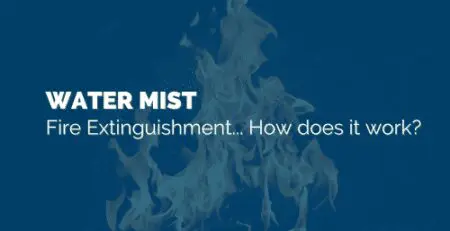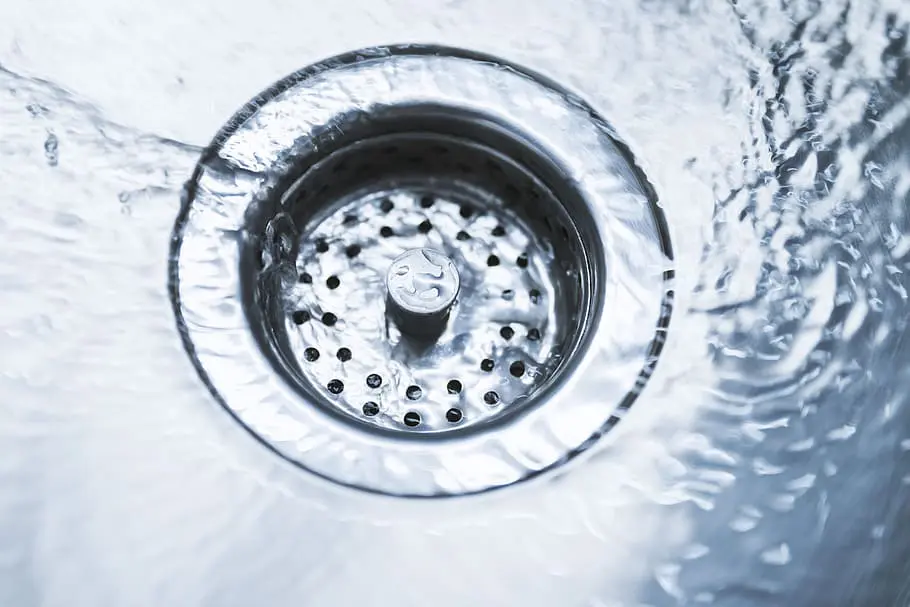What is the difference between Fire Prevention, Protection, and Suppression?
Fire protection, prevention and suppression systems are all essential when it comes to fire safety in a building. But it is important that you know how they differ in their approach in managing the risk of fire.
What is fire prevention?
Fire prevention involves taking steps to reduce the likelihood of a fire occurring. This includes measures like installing smoke detectors in your property, storing flammable materials correctly, carrying out regular fire safety inspections, and maintaining electrical systems. These are put in place so that a building’s fire load is as low as it can possibly be. The goal of fire prevention is to minimise the risk of fire before it has the chance to start.
Things such as the dangers of smoking indoors and blocking fire exit routes are common sense to the majority of us, but how do we protect ourselves against fire if it does break out?
What is fire protection?
Fire protection focuses on minimising the damage caused by a fire once it has started. This involves taking steps such as designing buildings with fire-resistant materials, installing systems such as water mist fire suppression, and providing fire extinguishers throughout your building. This is especially important to protect the structure of your building.
Another step you must take is compartmentation. Fire safety regulations state that a building must be compartmentalised into manageable areas; this helps to stop smoke from passing through these areas. Compartmentation can include fire doors, walls, cavity barriers, and fire protection boards. These are designed to contain high temperatures and smoke to the specific area in which it broke out.
The goal of fire protection is to limit the spread of fire and contain it as quickly as possible. But once a fire has broken out what’s the next step?
What is fire suppression?
Fire suppression is exactly what it says. The role of a fire suppression system is to suppress the fire until the fire brigade arrive on the scene. This can involve measures such as fire hoses, fire blankets, or fire extinguishers to put out the flames.
Both mist systems and sprinkler systems will work to wet the fire and surrounding area to make the fuel (whatever is alight) less flammable and to reduce the temperature. However, only water mist systems work on the third side of the fire triangle to reduce the oxygen and reduce noxious fumes – and with 80% less water.
- Fuel
Upon activation of a water mist nozzle, the system will begin to discharge a high-pressure water mist. The mist fills the area and dampens all surfaces in the immediate area surrounding the fire, thus preventing the fire from spreading.
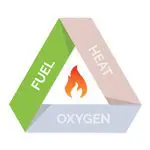
- Heat
High-pressure water mist systems discharge at high pressure, producing very small droplets. This dramatically reduces the temperature, preventing re-ignition.

- Oxygen
As the mist meets the flame front and turns to steam, it effectively deprives the seat of the fire of oxygen. With all three sides of the fire triangle now addressed, the iMist system provides vital protection to occupants and property.
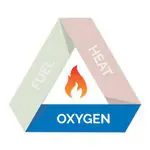
In summary, fire prevention aims to reduce the risk of fire occurring, fire protection aims to minimize the damage caused by a fire, and fire suppression aims to extinguish a fire that is already burning. All three of these approaches will play a role in ensuring fire safety.
Invest in an iMist Fire Suppression System today
Protect your property from all three sides of the fire triangle. Get a free quote from a member of the iMist team today.
